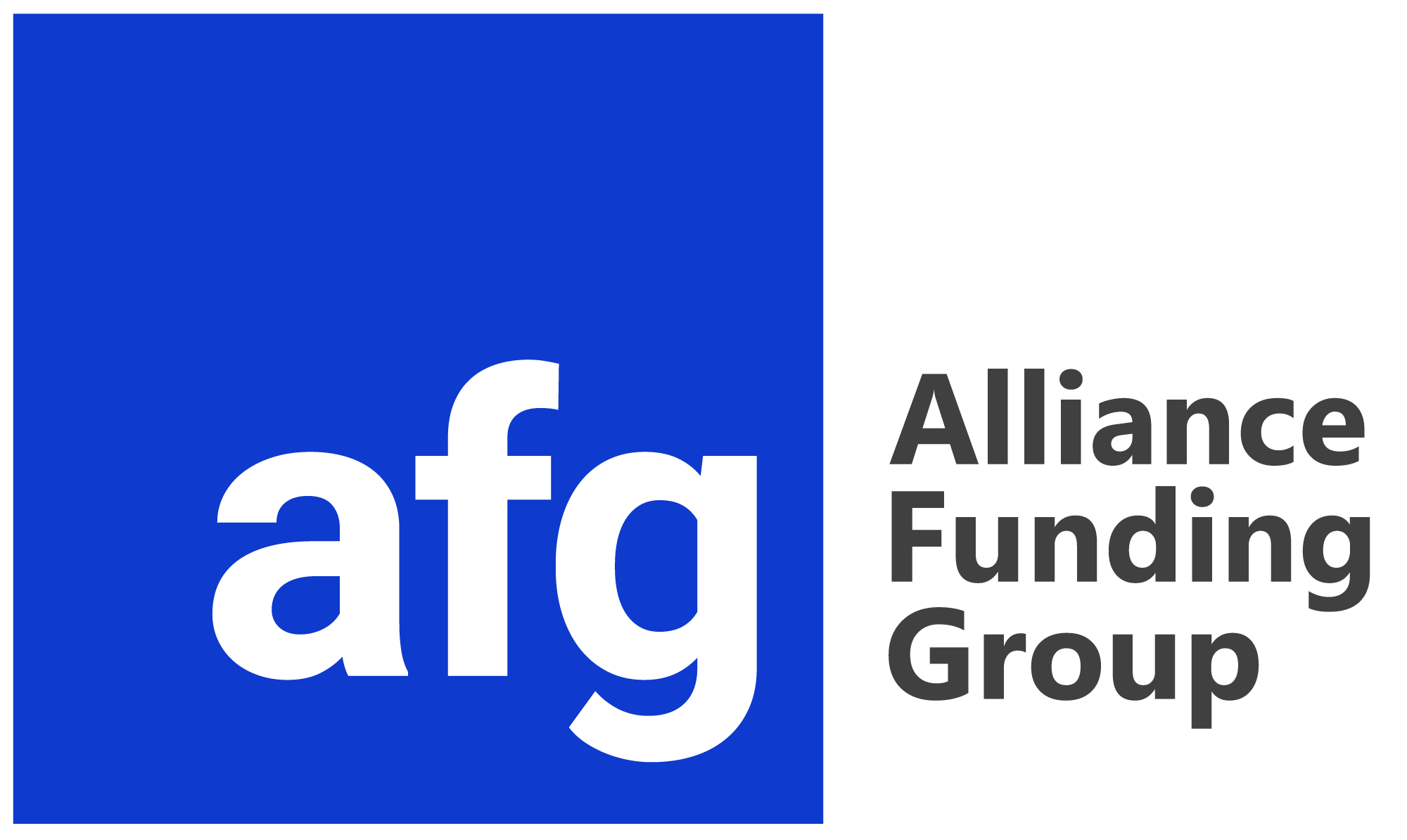What is Section 179 Tax Deduction?
Section 179 is a tax deduction that enables businesses to depreciate assets in the first year they purchased the asset. All assets must be put to use by December 31 of the 2025.
Why should I care about this tax deduction?
In 2025, your business can deduct the full cost of qualified equipment purchases, up to $1,250,000, with a “total equipment purchase” limit of $3,130,000.
Besides, you can take advantage of 40% Bonus Depreciation on the “new to you” equipment this year.
How to calculate my savings from Section 179?
Please use our equipment calculator for illustrative purposes:
What qualifies as Tax Deductible assets under Section 179?
- Tangible property or hard assets (such as machines, equipment, furniture)
- Single-purpose agricultural or horticultural structures
- Storage facilities
- Off-the-shelf computer software placed in service during the tax year
What are the requirements?
- New or Used equipment with a total price of up to $3,130,000
- Must be acquired for business use
- Must be put to use before December 31st, 2025
How can I benefit from this Tax Deduction?
AFG offers financing and leasing solutions that are compatible with Section 179. Benefit from tax savings this year and pay for your equipment over time.
Get a free quote on equipment financing today.
*The information on this site is for illustrative purposes only. Please consult with a qualified tax advisor concerning your specific situation.

